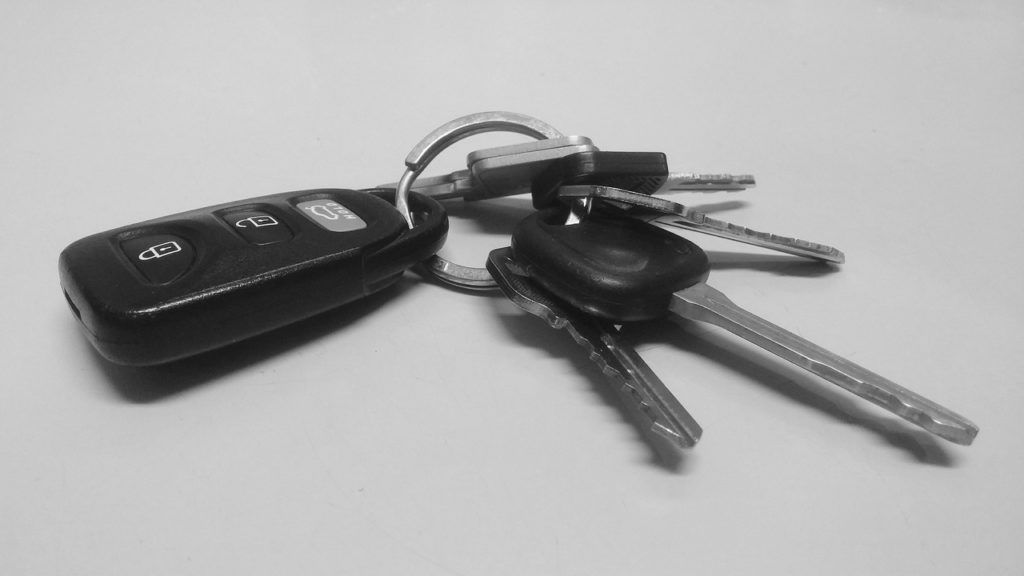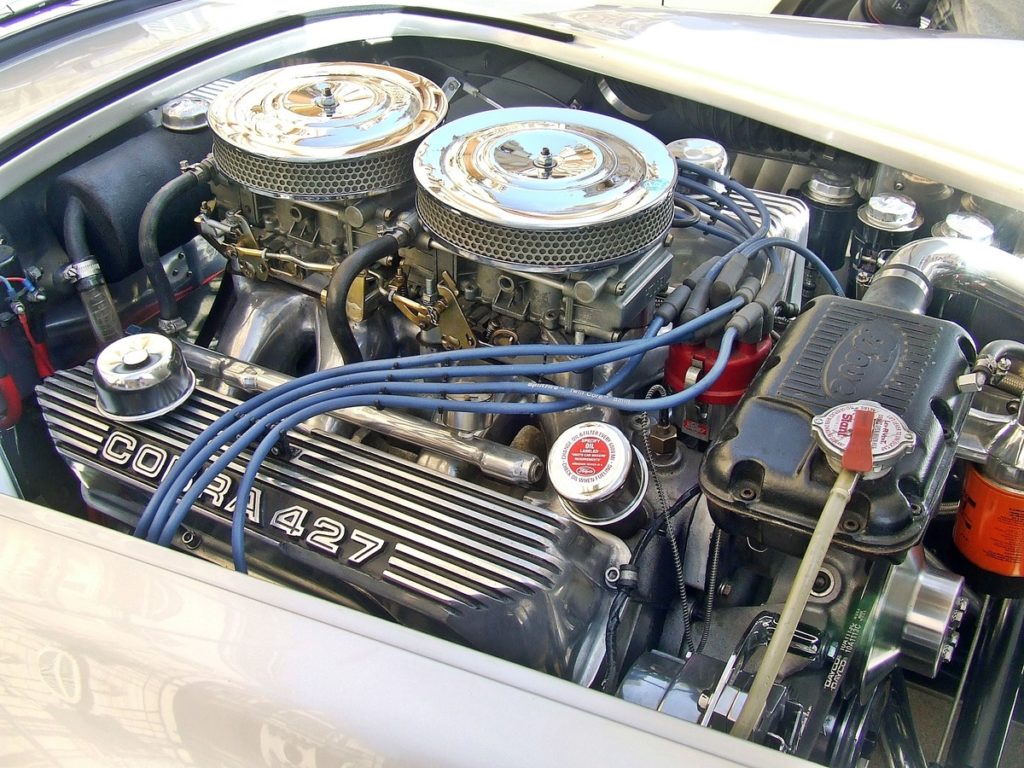
The Ultimate Guide How To Check Transmission Fluid
Owning a car comes with a lot of responsibility, and everyone that owns a car knows that along with the responsibility of the car comes the cost too… Hundreds and sometimes thousands of dollars we can put into our vehicles yearly for maintenance, repairs, routine check ups & so much more. We all have the expenses, but what if we could do with just one less expense, sounds pretty good right? If you are like 99.99% of humanity, you want to save an extra buck just like the rest of us. So, if your car is sounding a little funky as it tries to shift when you drive, rather than running it down to the local mechanic, here is a simple eleven step guide to check your vehicles transmission fluid & at least determine if a low fluid amount could be what’s causing the lag while shifting.
*Important Note* This is a general guide to checking your transmission fluid. Various car models require various steps to check the transmission fluid. Make sure to read through your owners manual before taking any of these steps.
1. Start car- most of the time, you will want to check your transmission fluid with your car warmed up and running, so either choose a time right after you have driven for a little while, or start your car up, and leave it running for a few minutes so that the engine will warm up. Transmission fluid is checked at running temperature because of the fluid expansion that happens – when the engine is stopped & cold, a large amount of fluid will drain down into the pan & you will not get an accurate reading on your dipstick.
2. Put in park on a level area, put on parking break – Parking your car on a level area will ensure that your fluid is not at a false level – while putting your car parking break on is just an extra safety measure to make sure that your car will not go anywhere when you’re working under the hood.

3. Let car engine warm up for a few minutes – we want to reiterate that as your vehicle warms up the transmission fluid will expand, giving you a more accurate reading to where the fluid is while you are driving your car.

4. Open hood & locate transmission fluid dip stick – generally in a rear-wheel drive vehicle the transmission fluid dipstick will be located sticking out of the transaxle towards the back of your hood(closest to your windshield) If you have a front wheel drive, the transaxle along with the dipstick is generally located to the front right of your hood – With any hesitations, or to be sure where your transmission fluid dipstick is located you can always check your owners manual, or call your local dealership. (don’t forget Google too)
5. Pull out dipstick & confirm transmission (should be a pinkish clear liquid) – Once you have located your transaxle along with the transmission fluid dipstick, double check yourself by pulling out the dipstick & inspecting the measured fluid. It should be a pinkish clear liquid.
Note* if your transmission fluid looks to have dark particles in it or if it smells burnt at all, make sure to bring it into a mechanic*
6. Use a clean, lint-free rag to wipe the dipstick clean – after confirming that you have located your transmission fluid, take a clean lint-free rag to wip dipstick completely of existing transmission fluid.

7. Re-insert dip stick fully, remove again – insert the dipstick completely back into the transaxle to make sure that the fluid reading will be accurate. Remove dipstick carefully & take a look at where the fluid reading is at.
8. If the fluid level reaches up the the “full” line – Congratulations! Your car is in great shape & you have successfully just checked your transmission fluid level all by yourself! (if you were noticing a shifting issue & your transmission fluid is full, you might want to consider seeing a mechanic to make sure nothing else is wrong)
9. If the fluid does not reach the “full” level – make sure to double check the owners manual or call your local car dealership to see what transmission fluid you need to fill it back up.
10. Provided you have the correct fluid – use a funnel to add more fluid little by little to the tank checking the level often until fluid reaches “full” line (do NOT overfill)
11. Re-insert dipstick into the transaxle
12. Close hood & be proud of the money you just saved!

